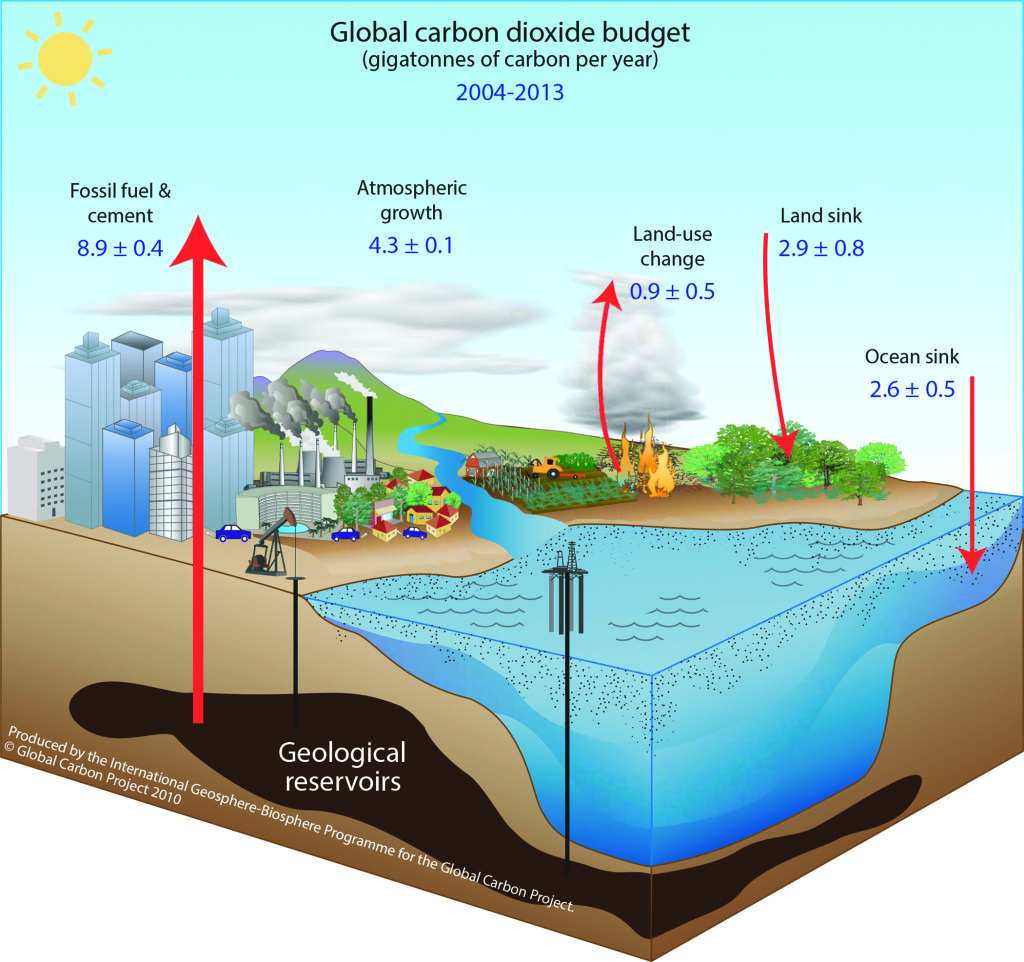
**Title: Improving the Electrochemical Reduction of CO2 with Acid Additives**
**Introduction**
The electrochemical reduction of carbon dioxide (CO2) serves as a vital process in green chemistry, offering a transition from carbon-positive to carbon-negative chemical production. By harnessing electricity, CO2 can be transformed into useful platform chemicals such as carbon monoxide and hydrocarbons. Nonetheless, the economic feasibility of this method is impeded by concerns regarding the durability and lifespan of the reactors utilized.
**The Breakthrough**
Studies have indicated that the stability of electrochemical CO2 reduction can be greatly enhanced by the addition of a small quantity of acid. This advancement tackles a significant barrier to the commercial application of the reaction by effectively dissolving salts that can otherwise obstruct the reactor, resulting in early failure.
**Electrolyser Design**
A key design for this application is the membrane electrode assembly. It consists of two electrodes pressed against an anion exchange membrane, with the cathode being a gas diffusion electrode. In this configuration, carbon dioxide and water vapor are continuously introduced, while electrons generated from oxygen evolution at the anode either reduce CO2 or hydrogen. However, in the absence of interventions, the stability of CO2 often leads to a preference for hydrogen reduction.
**Traditional Obstacles**
Researchers have traditionally addressed these obstacles by incorporating alkali metal salts into the anode electrolyte. Although these salts facilitate CO2 activation, at neutral pH, the propensity of cations to generate carbonates can notably obstruct the electrode, resulting in pressure buildup and system failure. Previous strategies such as membrane alterations and pulsed electrolysis have been attempted, but none have achieved satisfactory longevity or durability.
**New Findings**
Ahmad Elgazzar and his team at Rice University found that incorporating hydrochloric acid into the water vapor prolongs the operational lifespan of membrane electrode assemblies from under 500 hours to as much as 4500 hours. This straightforward addition does not result in significant salt buildup that causes pressure declines, thereby averting failure.
**Exploration of Other Acids**
The team also demonstrated the effectiveness of less corrosive acids like potassium formate and potassium acetate, which exhibit higher solubility than potassium bicarbonate. A technoeconomic assessment highlighted the financial advantages due to the minimal acid usage needed to achieve the desired outcomes.
**Expert Opinions**
Experts like Cao Thang Dinh at Queen’s University are impressed by the straightforwardness and efficacy of the approach. He pointed out how previous methods concentrated on minimizing salt formation by lowering electrolyte concentrations, which unintentionally raised cell resistance. The introduction of acid permits operation at elevated salt concentrations while maintaining or enhancing stability.
**Conclusion**
This innovative strategy of utilizing small amounts of acid to boost the electrochemical reduction of CO2 represents a notable progress in the realm of green chemistry. It provides a viable solution to a persistent challenge, potentially revolutionizing the commercial environment for CO2 reduction technologies and fostering more sustainable industrial practices.